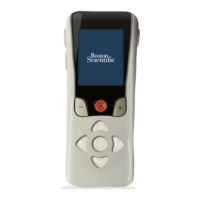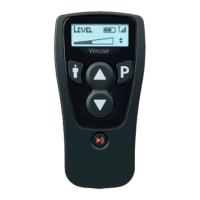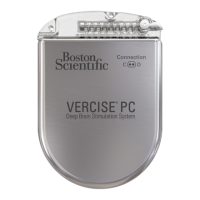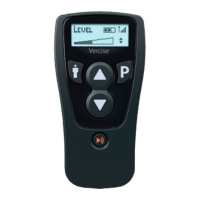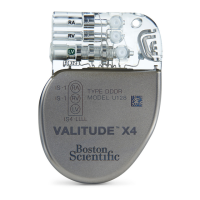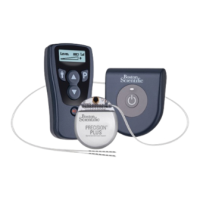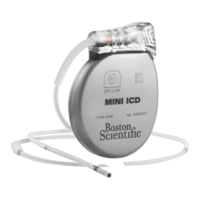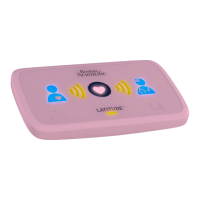Safety Information
Physician Manual
91098825-02 11 of 337
Adverse Events
The following is a list of known risks with the use of Deep Brain Stimulation for
treatment of Parkinson’s disease. Note that some of these symptoms may be resolved
or reduced by current steering, changing stimulation parameters, or by changing the
position of the lead during surgery.
If any of these events occur, patients should contact their physician as soon as
possible to inform them.
• Allergic or immune system response
• Anesthesia/neurosurgery risks, including unsuccessful implant, exposure to
bloodborne pathogens
• CSF leak
• Death, including suicide
• Embolism, including air embolism and pulmonary embolism
• Failure or malfunction of any of the device components or the battery,
including but not limited to lead or extension breakage, hardware
malfunctions, loose connections, electrical shorts or open circuits and lead
insulation breaches, whether or not this requires explant and/or reimplantion
• Hemorrhagic or ischemic stroke, immediate or delayed, which could result
in temporary or permanent neurologic decits such as muscle weakness,
paralysis or aphasia
• Implant site complications such as pain, poor healing, wound reopening
• Infection
• Injury to tissues adjacent to implant or within surgical eld, such as blood
vessels, peripheral nerves, brain (including pneumocephalus), or pleura
(including pneumothorax).
• Interference from external electromagnetic sources
• Lead, extension (including extension header) and neurostimulator erosion or
migration
• Loss of adequate stimulation
• Mentation impairment such as attention or cognitive decits, memory
disturbances, or confusion
• Psychiatric disturbances such as anxiety, depression, apathy, mania, insomnia,
suicide, or suicidal ideation or attempts
• Motor problems such as paresis, weakness, incoordination, restlessness,
muscle spasms, postural and gait disorders, tremor, dystonia, or dyskinesias,
and falls or injuries resulting from these problems
• Musculoskeletal stiffness
• Neuroleptic malignant syndrome or acute akinesia can occur very rarely
• Overstimulation or undesirable sensations, such as paresthesia, transient or
persistent
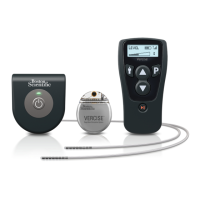
